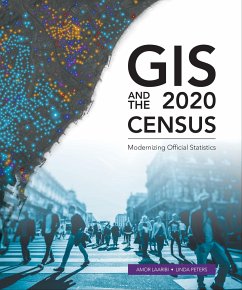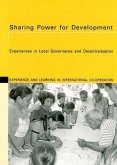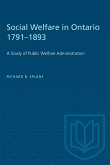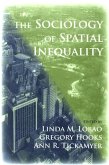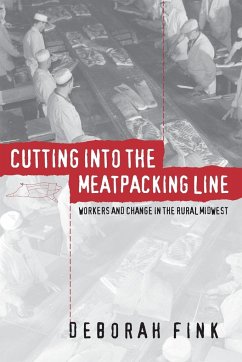Census workers need to capture and analyze information at the finest geographic level with mobile and geospatial-based technology. GIS and the 2020 Census: Modernizing Official Statistics provides statistical organizations with the most recent GIS methodologies and technological tools to support census workers' needs at all the stages of a census. Learn how to plan and carry out census work with GIS using new technologies for field data collection and operations management. After planning and collecting data, apply innovative solutions for performing statistical analysis, data integration, and dissemination. Additional topics cover cloud computing, big data, location as a service (LaaS), and emerging data sources. While GIS and the 2020 Census focuses on using GIS and other geospatial technology in support of census planning and operations, it also offers guidelines for building a statistical-geospatial information infrastructure in support of the 2020 Round of Censuses, evidence-based decision-making, and sustainable development. Case studies illustrate concepts in practice. Amor Laaribi has a PhD in geomatics sciences and over 30 years of experience in geospatial information for decision-making and development. He joined the United Nations Statistics Division (UNSD) in 2000 to define and plan the priorities of the division in geospatial information and to promote its use with census mapping in developing countries. Linda Peters has a bachelor's degree in geography and over 20 years of experience in the geospatial industry. In her 14 years at Esri, she has consulted with companies across many industries, helping them achieve greater efficiencies through spatial and location analysis. She works with National Statistical Offices (NSOs) across the globe, helping them understand how to apply geographic methods and analysis to census and statistical activities.

